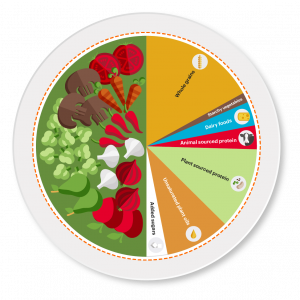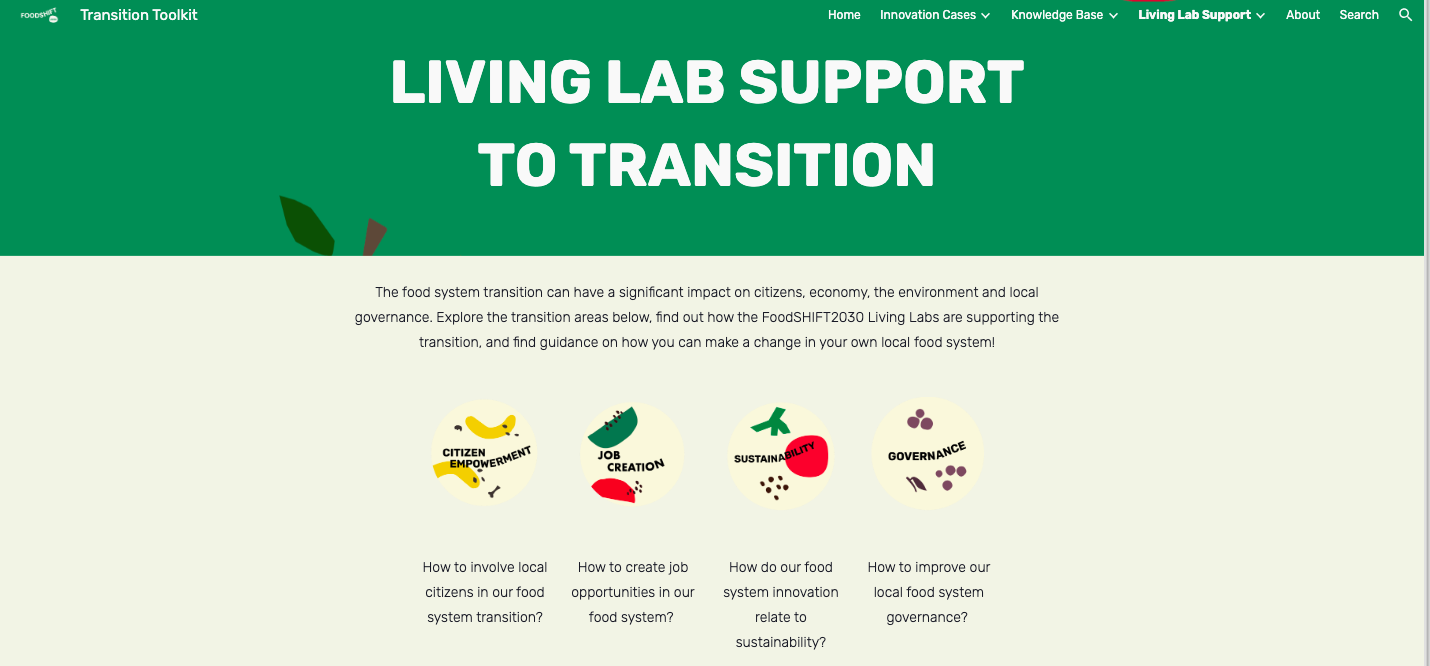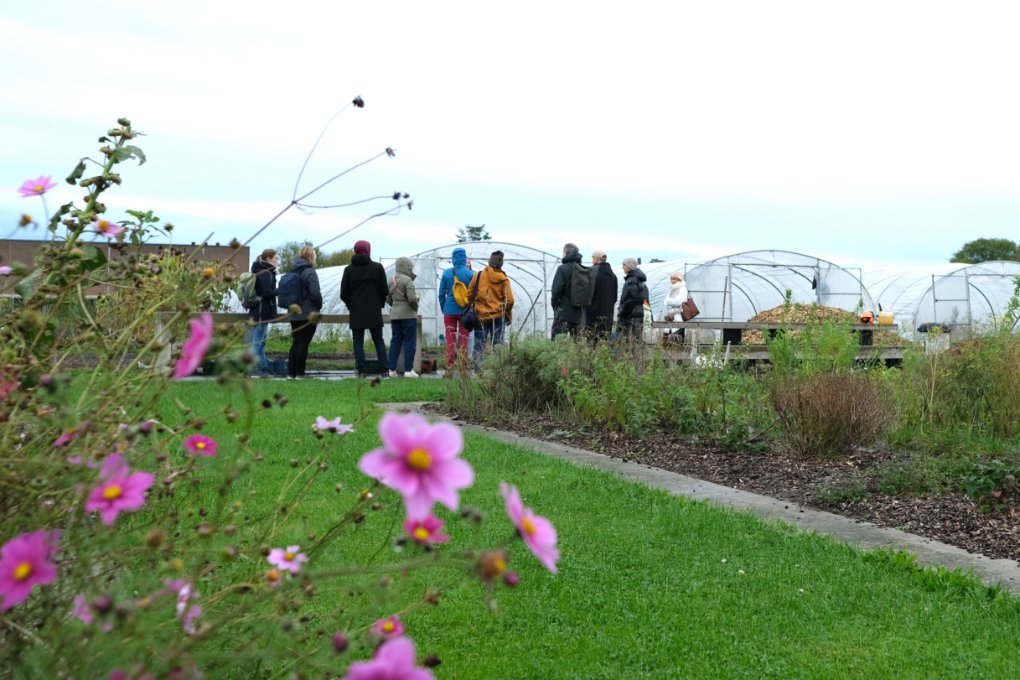What does a plant-based diet really mean?
02 December 2020
Recent research, including a 2019 report from the EAT-Lancet Commission, demonstrates that a healthy diet is primarily a plant-based diet. But what does that actually mean for the food on our plates? In our recent Webinar: Shaking up the Food System, Emily Norford, Policy Manager for Urban Food Systems at EAT, gave some tips on what a plant-based diet may look like according to FoodSHIFT 2030 network partner, EAT.
A healthy diet
The EAT-Lancet Commission brings together world-leading researchers in nutrition, health, sustainability and policy from across the globe. In early 2019 the ‘Food in the Anthropocene: the EAT–Lancet Commission on healthy diets from sustainable food systems’ was released, clearly concluding that diets primarily consisting of plants – fruits and vegetables – were considered to be the healthiest.
The report says:
‘A healthy diet should optimize health, defined broadly as being a state of complete physical, mental and social well-being and not merely the absence of disease. (…) Healthy diets have an optimal caloric intake and consist largely of a diversity of plant-based foods, low amounts of animal source foods, contain unsaturated rather than saturated fats, and limited amounts of refined grains, highly processed foods and added sugars.’
To guide consumers, the report suggests the ‘Planetary-Diet’, a model that uses a plate to visualise the necessary proportions of each food-group needed in order to reach health boundaries for humans, at the same time as respecting planetary boundaries.

Planet and plate
The Commission concluded that not only human health was necessary to healthy diets. Planetary health is also crucial. The Planetary-Diet plate represents a diet that can provide us with the nutrients we need whilst also ensuring consumption stays within planetary boundaries. ‘50% fruits and vegetables’ is recommended, with smaller portions of grains, plant sourced protein, unsaturated plant oils, dairy foods and animal protein. Starchy vegetables and added sugars have the smallest recommended consumption.
FoodSHIFT 2030 aims to provide pathways for a wide customary take-up of such a diet. The EAT project ‘Shifting Urban Diets’, which has synergies with the FoodSHIFT viewpoint, was presented by Emily Norford as an example of an approach to ‘make healthy and sustainable food the default for city dwellers.’ See the example now on the webinar playback.




